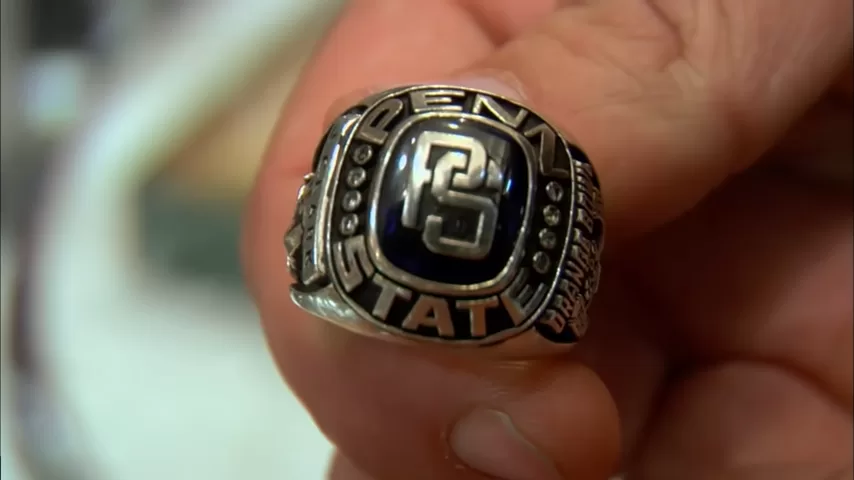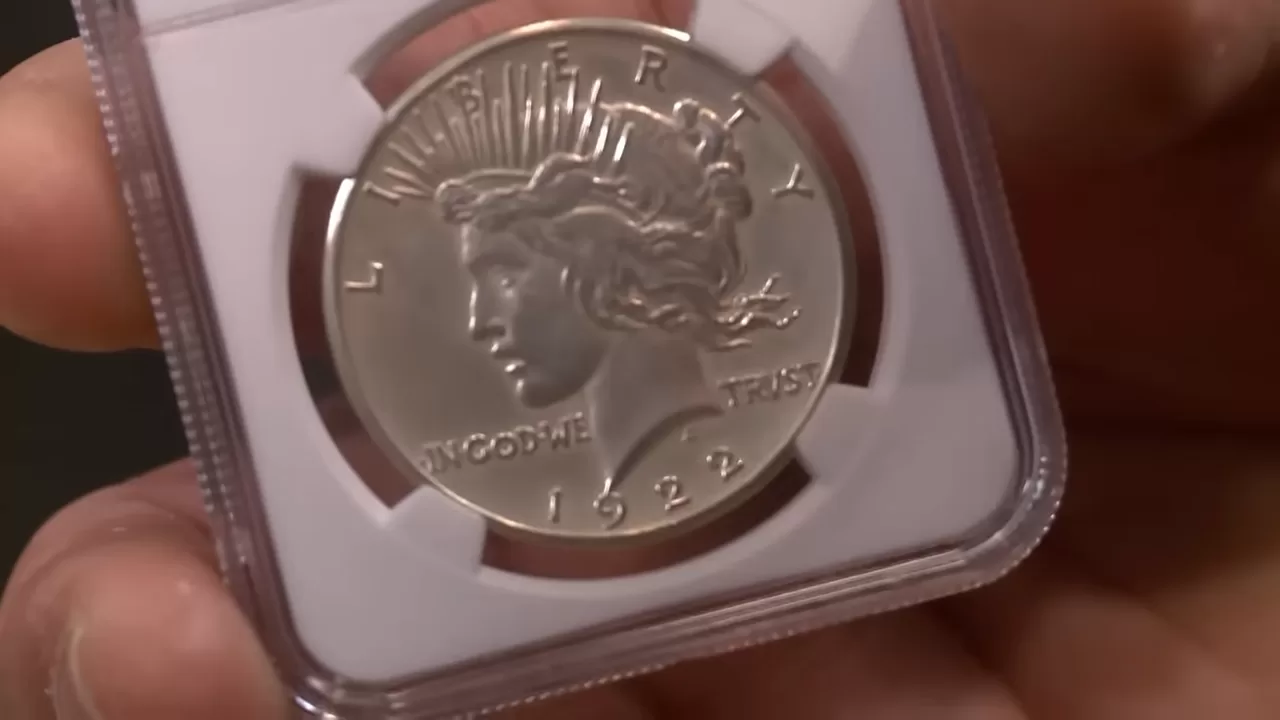Championship rings are more than just jewelry; they represent history, achievement, and a connection to legendary moments in sports. One such artifact surfaced recently—a Penn State University 1973 Orange Bowl ring—and its journey through time is as fascinating as the game itself.
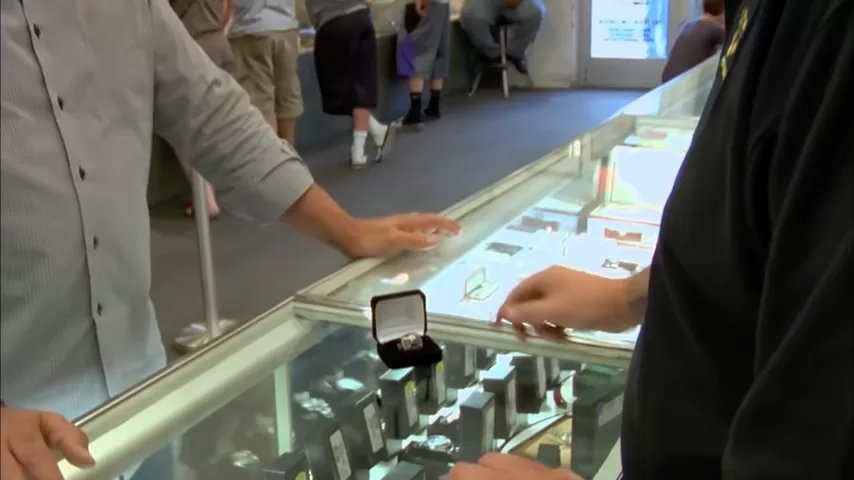
A Historic Season for Penn State
Penn State football has a long and celebrated history, dating back to its first game in 1886. Under the leadership of Joe Paterno, who began coaching the Nittany Lions in 1966, the team saw numerous successful seasons. The 1973 season was particularly remarkable, as Penn State finished undefeated (12-0), cementing their place in college football history.
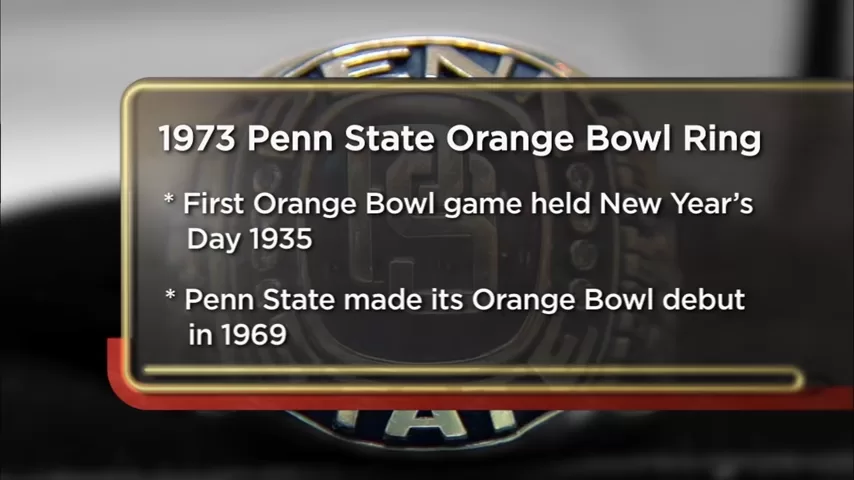
The Orange Bowl victory was a defining moment for the team, and players received championship rings to commemorate their achievement. These rings are highly sought after by collectors, Penn State alumni, and football historians.
The Ring’s Journey
The owner of the 1973 Orange Bowl ring was looking to sell it, hoping to receive at least $1,500 to fund home renovations. He originally acquired the ring from a former Penn State player, an outside linebacker named Jeff Clark, who needed money at the time. The ring itself features:
- The player’s name and number
- The 12-0 record from the 1973 season
- The final score from the Orange Bowl game
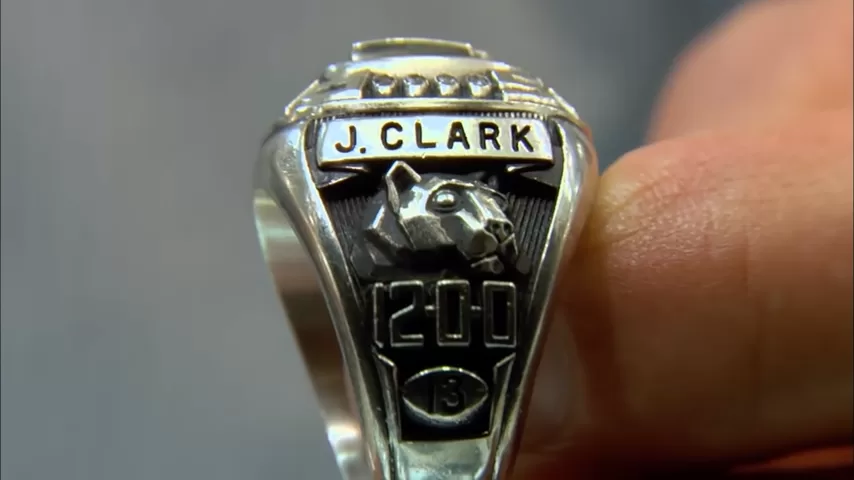
With such a rich history, the ring carried both sentimental and financial value.
A Deal That Couldn’t Happen
Despite the ring’s authenticity, a major issue prevented its sale: the engraving had been removed. This is a critical factor in collectible sports memorabilia, as engravings help verify ownership and authenticity.
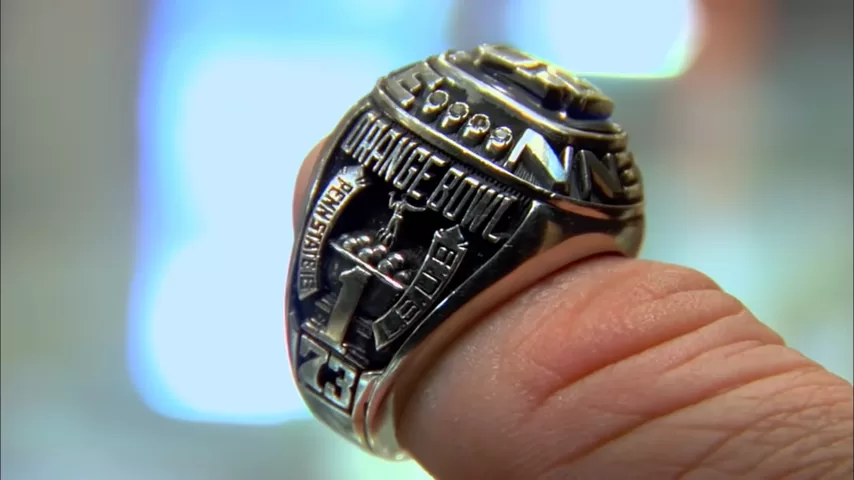
The problem with removing an engraving is that it eliminates identifying marks, making it impossible to confirm the ring’s original owner. From a legal standpoint, many shops and collectors cannot buy or sell items with erased engravings, as this could indicate stolen or altered property.

As one expert put it, “It’s like buying a car without a VIN number.” Without a clear chain of ownership, even a genuine piece of memorabilia becomes unsellable.
The Market for Championship Rings
Despite the failed sale, Penn State memorabilia remains highly collectible. Items linked to historic seasons, legendary players, or iconic coaches like Joe Paterno often fetch high prices in auctions and private sales.
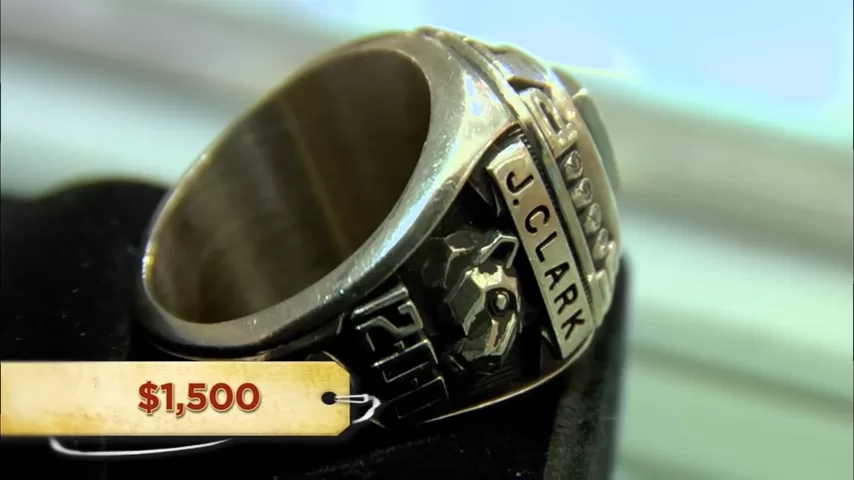
Collectors interested in buying sports rings should always:
- Ensure the engraving and serial numbers are intact
- Verify authenticity through reputable sources
- Be aware of the legal implications of altered items
Final Thoughts
The Penn State 1973 Orange Bowl ring represents a special moment in college football history. While this particular ring could not be sold due to its missing engraving, similar memorabilia continues to be in high demand among sports fans and collectors.
For those looking to collect or sell sports memorabilia, it’s always essential to maintain authenticity to ensure both historical value and legal resale potential. The story of this ring serves as a reminder that while history can be bought and sold, its integrity must always remain intact.
